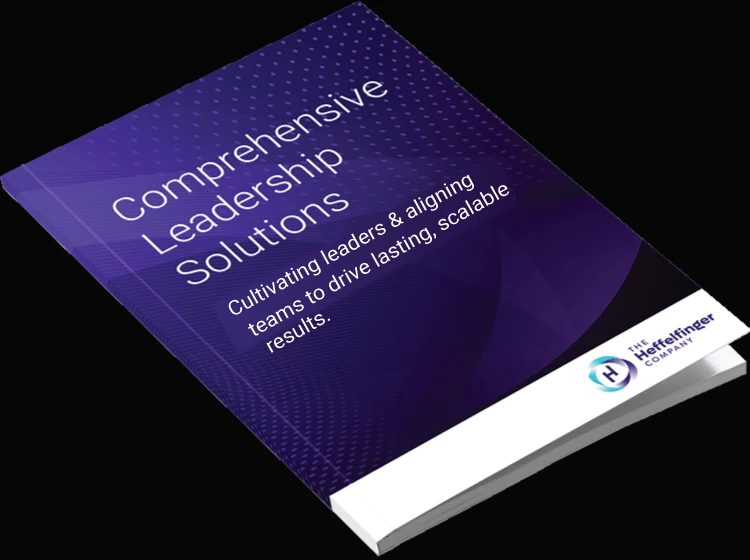Gratitude can transform common days
into thanksgivings, turn routine jobs
into joy, and change ordinary
opportunities into blessings.
– William Arthur Ward
With the U.S. Thanksgiving holiday almost upon us, we want to take some time off from our Blog conversation to share some of our thoughts about Gratitude with you. We encourage you to do the same with your employees, clients, friends, and family.
What is Gratitude? It’s is an emotion expressing appreciation for what one has versus what one wants. According to Psychology Today, Robert Emmons, a leading gratitude researcher and professor of psychology at UC Davis, states that gratitude has two key components: “First, it’s an affirmation of goodness, we affirm that there are good things in the world, gifts, and benefits we’ve received.” The second, he explains, “We recognize that the sources of this goodness are outside of ourselves…” and “We acknowledge that other people—or even higher powers, if you’re of a spiritual mindset—gave us many gifts, big and small, to help us achieve the goodness in our lives.”
Gratitude Benefits: Emmons’ studies of more than 1,000 people found that those who practice gratitude consistently, report physical (e.g. stronger immune systems, lower blood pressure), psychological (e.g. higher levels of positive emotion, more optimism) and social benefits (e.g. are more forgiving, helpful, generous, compassionate). According to an article in Greater Good Magazine (Berkeley), “How Gratitude Can Transform Your Workplace,” research on gratitude in the workplace showed that people who practice gratitude had more positive emotions, less stress and fewer health complaints, a greater sense that “we can achieve our goals,” used fewer sick days and had higher satisfaction with their jobs and coworkers.
What are some of the ways you express gratitude in your workplace? An organization, Lucid, created a company-wide gratitude flowchart as an employee gift. Pasticity ‘s goal was to break a world record creating a gratitude wall of 5,000 sticky note messages. A founder of a healthcare company, Mark Baiada, gifted his employees $20 million because he said: “I wanted to show some gratitude to everybody for all the hard work you’ve done taking care of our clients.” We would all like to work there!
If you have been following our blog, you know Culture starts at the top with YOU the leaders. So, what do you do to practice gratitude? One of the most effective ways our clients benefit from gratitude is to use a gratitude journal. We encourage you to write down three things you are grateful for at the end of each day.
Gratitude examples: I am grateful for…
- My co-worker who challenges me to grow.
- All the learning I am now seeing from my ‘epic’ fail.
- The flock of birds I saw at lunch reminding me to soar.
Our gratitude! We are grateful for:
- YOU, our clients, for the opportunity to learn alongside you as we work together make Good Leaders Great and Great Organizations Better!
- Our soon to be clients for your courage to step up, to have courageous conversations, to take on your roles in Leadership to build great organizations with great cultures for the great people you lead.
- Our team for the heart, spirit, and passion you give to our clients and us, personally.
- Our friends and family who support us unconditionally in the work we are so passionate about.
Please share the impact this article has on you. What does it inspire in you? What will you do for yourself, your team, your organization, your family and friends?
Wishing you a holiday of gratitude and joy!
All of us at The Heffelfinger Company!
@Lori @James @Kerry @Margo @Rebecca @Robin @Tammy @all-our_coaches&consultants
References:
“Why Gratitude is Good” by Robert Emmons
“Gratitude” by Psychology Today
“How Gratitude Can Transform Your Workplace” Greater Good at University of California, Berkeley







